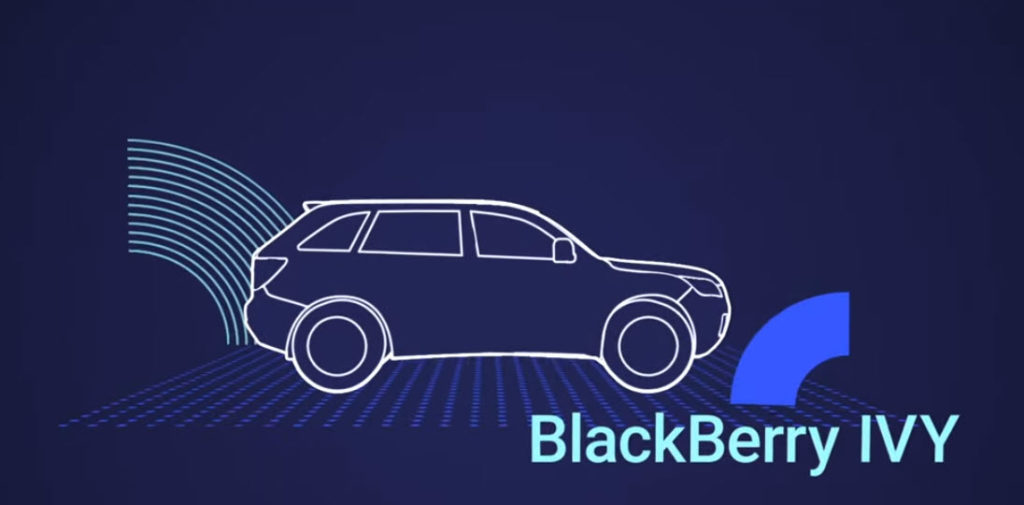The automotive market is making a major pivot in several directions at once. First, it’s pivoting away from internal combustion engines (ICE) to electric propulsion. Second, it’s trying to make these cars self-driving, and third, in parallel to the second point, flying autonomous vehicles are entering testing that could eventually eclipse land-based transportation as a far less infrastructure intensive alternative.
All of this is forcing a level of technology into cars that goes far beyond what we have today, but that also opens the industry to the potential for significant problems resulting from the increasing connectivity of these vehicles and the related increasing complexity both in, and around, the car.
This month, BlackBerry had its Analyst Summit and highlighted both a renewed focus on security overall and the company’s specific focus on the automotive industry and making vehicles more reliable, more secure, and far easier to protect.
At the conference, BlackBerry focused on its success with QNX, the operating system developed for highly secure platforms, as well as Ivy, its platform that assures what goes into an ever-smarter car is only what is supposed to go into it, so the car won’t become critically compromised in the process.
Let’s focus a bit on why BlackBerry Ivy is critical for the success of this coming age of the rolling and flying supercomputers that we call autonomous vehicles.
The need for BlackBerry Ivy
I kid you not, I started driving when I was five years old. I was put into a D-1 Caterpillar and asked to pull another tractor with my father in it. It was funny because there was no way I could reach the pedals, but the tractor was actually controlled with two large control sticks and, once the throttle was set below walking speed, I did the job without killing myself or anyone else. At age nine, I started driving a Jeep and an International Scout on the farm so, by the time I was 16, I had a ton more driving experience than anyone else in my driver’s ed class.
I started working on cars in high school, and even spent some time trying to be a Jaguar Mechanic. Back then, cars were simple. They had two hydraulic systems for brakes and the clutch, an electrical system and wiring harness that connected all the electrical stuff, and while many of the parts on the cars were unique to each model, they all seemed to follow a similar format, so it wasn’t hard to work on a variety of cars as an expert mechanic.
Things have changed dramatically with the introduction of electronics. Now cars can have the elements of older vehicles along with several incompatible data networks, multiple computers, and require a level of technical knowledge to rival a computer technician. As we move to electric and especially autonomous cars, there are efforts to simplify and reduce the complexity, but they are being overwhelmed with the number of new additional complex sensor and computing suites that effectively turn the car into a rolling supercomputer. However, unlike most past supercomputers which are one-offs, millions of these cars will be delivered to their owners who expect the cars to keep them safe.
These cars have drive-by-wire systems that would make it impossible for a driver to seize control over these increasingly intelligent cars if one became homicidal either due to a hack or due to an automotive OEM mis-specifying a component or if a bad counterfeit part made it into the process. And the layers of software over this mess, which will eventually include user-selected third party apps, is a complex mess in and of itself.
BlackBerry Ivy to the rescue
BlackBerry Ivy is a data integration platform targeting these ever more advanced automobiles. During the design of the car, it helps assure that the complexity, particularly the software complexity, is minimized, that the code is safe and does what is intended, and provides management insights throughout the process to better assure control and overall quality.
But Ivy doesn’t stop there. It can be used to keep track of the car (new cars are generally connected cars) throughout its service life and capture critical data to identify problems before the car owner experiences them, which should help to assure customer satisfaction and potentially eliminate the need for recalls. With both edge and cloud components, this solution can be used effectively with small and large car makers alike and, when in use, should result in a more reliable, secure and efficient automotive experience from the time the car is initially conceived and built until it’s retired out of service.
It not only works with OEM-installed apps, but with apps that car owners want to install to make sure they don’t accidentally brick their cars. In short, BlackBerry Ivy’s capabilities are on the critical path to creating a safe, affordable and dependable automotive future at a time when that assurance is more critical than ever before.
BlackBerry Ivy may be the most important product to building safety into the next generations of cars.



